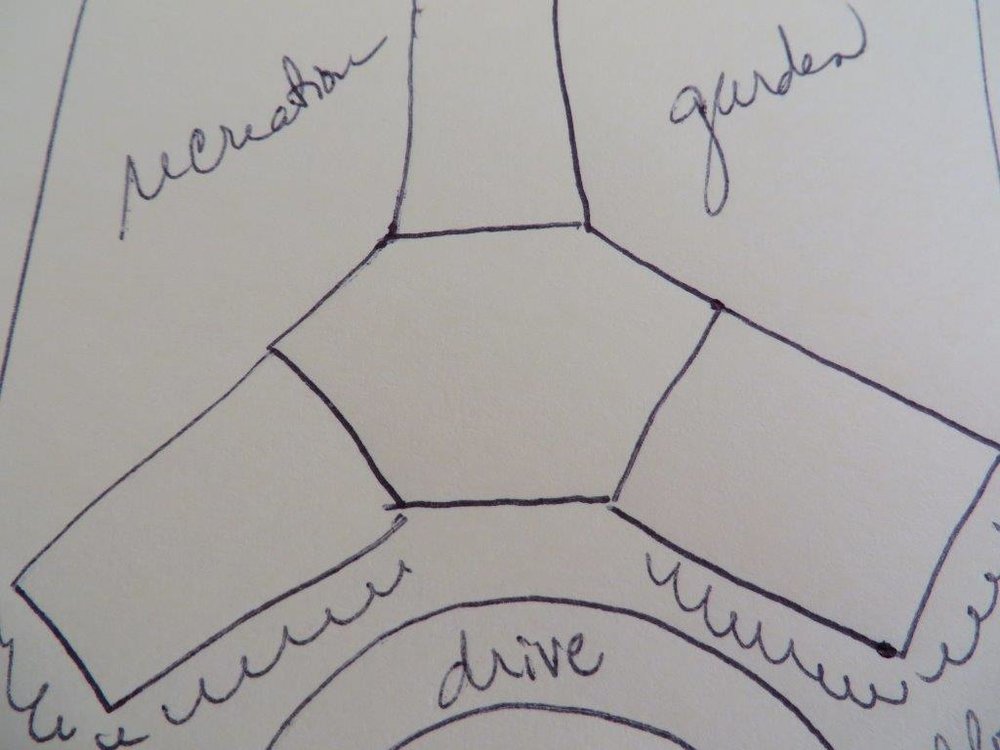Houses of the Future - A Wish List - Part II
/Today's post is from the perspective of configuration. There are certain type so floor plans that appeal to me for the future. The technology that makes a house generative and sustainable must be packaged in a way that faciliates the lives of the people that make it their home.
- The concept of ‘single family’ should change to be three generations in the house: children, their parents, and grandparents. Today almost all houses are originally built for two generations and then retrofitted to three as needed. With the demographics of the population shifting older and young people continuing to live with their parents longer, the trend in new housing should be to accommodate at least two adult couples…with three being even better. There are many ways this could be accomplished:
- Using the same basic colonial house floor plan with walk out basement: increase the sound proofing between floors making the second floor for a couple with children, the walkout basement for a second couple; instead of a living room/dining room make a bedroom/sitting room for a single adult or a guest room. This arrangement could be a retrofit for an existing home.
- Imagine a hexagon shape that contains a kitchen, eating area and den; this is the core of the house. There are wings from 3 of the six sides (evenly spaced around the hexagon); each wing includes a bathroom and bedrooms, home offices, etc. I’ve drawn a rough diagram below. The plumbing for the house would all be in the hexagon or the walls the wings share with the hexagon. There could be many variations of this basic design:
- Basement under the hexagon only
- Basement throughout
- Some wings with two stories with outdoor bridges between the upper floors of the wings
- A garden on top of a single story wing reached by the bridges from other wings and/or external stairs
- One wing could have a laundry room and garage on the first floor and then have the rooms for living above
- Various lot shapes and sizes could be accommodated by different lengths of the wings.

- Keeping an overall rectangular shape, it is easy enough to achieve separate space for two adult couples. The shared areas - den, kitchen and eating area are in the center of the house and the separate space is on the sides. An outdoor area - side yards - can also be non-shared space. Again - there are variations of this design:
- Configure this arrangement as a U instead of a rectangle. The inside of the U often becomes the shared garden area because it is primarily accessed from the core of the house.
- The living space one side can be smaller to make room for a garage.
- Basement - or not.
- One side two stories - particularly the one that includes a garage.
I’m sure over time I will think up more to add to this wish list....and I'll post them as a part III!
Part I of the series is here.

























